
Over the past few years, I’ve noticed a growing trend among couples: splitting their weddings into two distinct days—one dedicated to honoring cultural traditions, and another focused on the classic Western-style wedding we’re more accustomed to seeing in the U.S. For example, a couple might begin their celebration with a Chinese tea ceremony, followed by an intimate banquet at a Cantonese seafood restaurant, then host a more typical ceremony and reception at a separate venue the following weekend. It’s a shift that reflects both cultural pride and a desire to truly savor each part of the wedding experience.
As a wedding photographer, I can confidently say this two-day setup has transformed how these celebrations unfold—both logistically and emotionally. In the past, couples often had to start their day as early as 4 a.m. to accommodate a full slate of cultural rituals before diving straight into a Western-style wedding by mid-morning. That often meant tight timelines, rushed transitions, and emotional fatigue for everyone involved. Now, by spreading events across two days, couples can be more present and intentional with each moment. As a result, the photos feel more authentic, and the pace is more relaxed—not just for the couple, but for their families and vendors too.
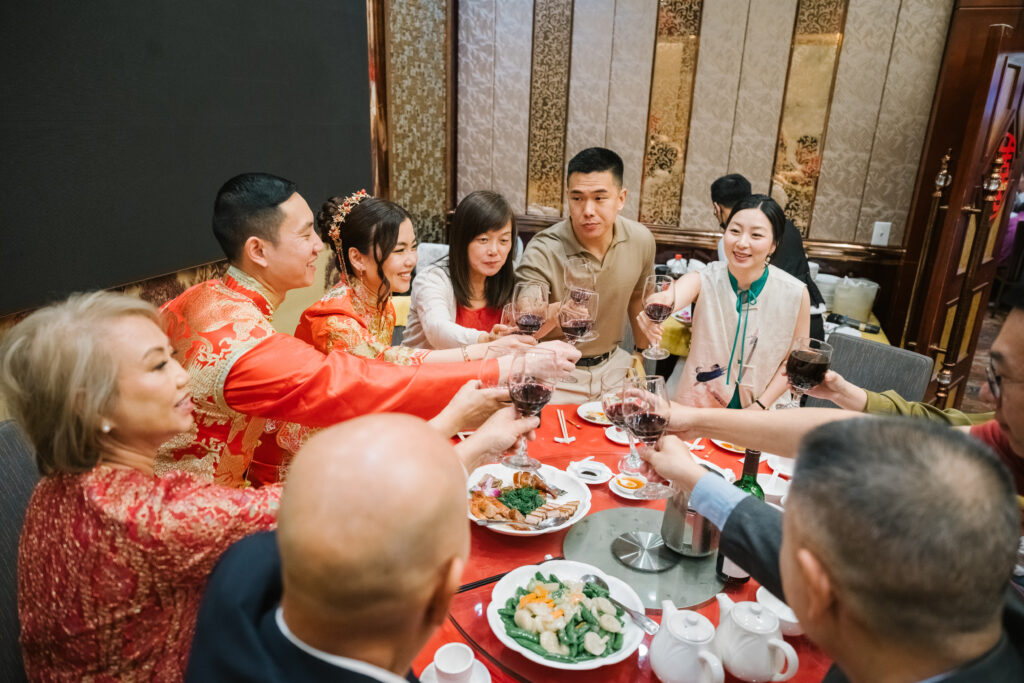
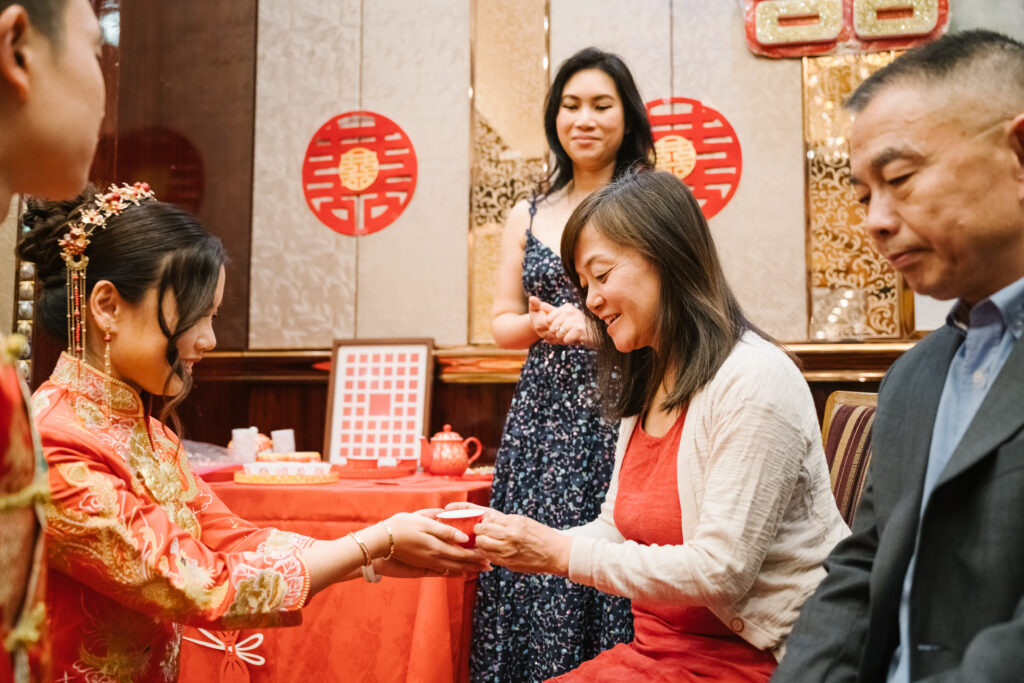

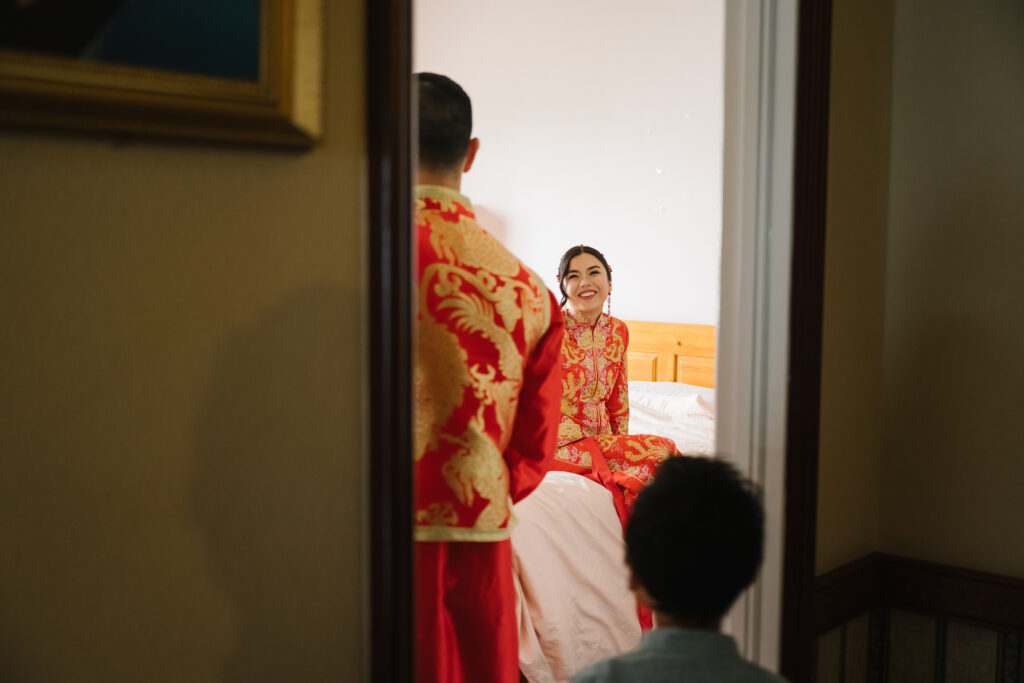
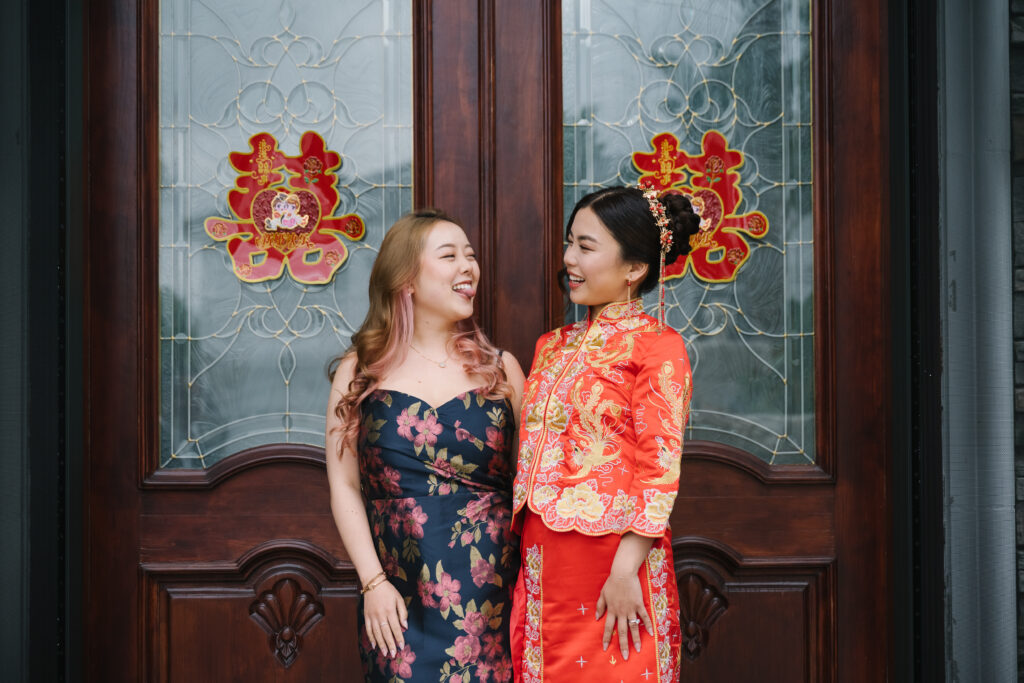

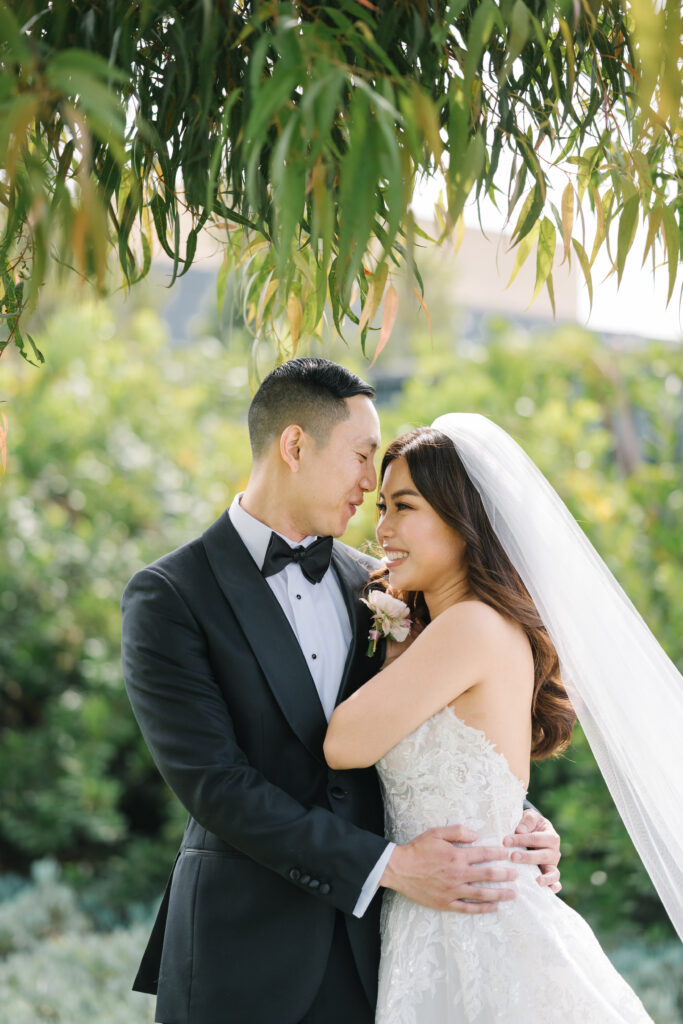
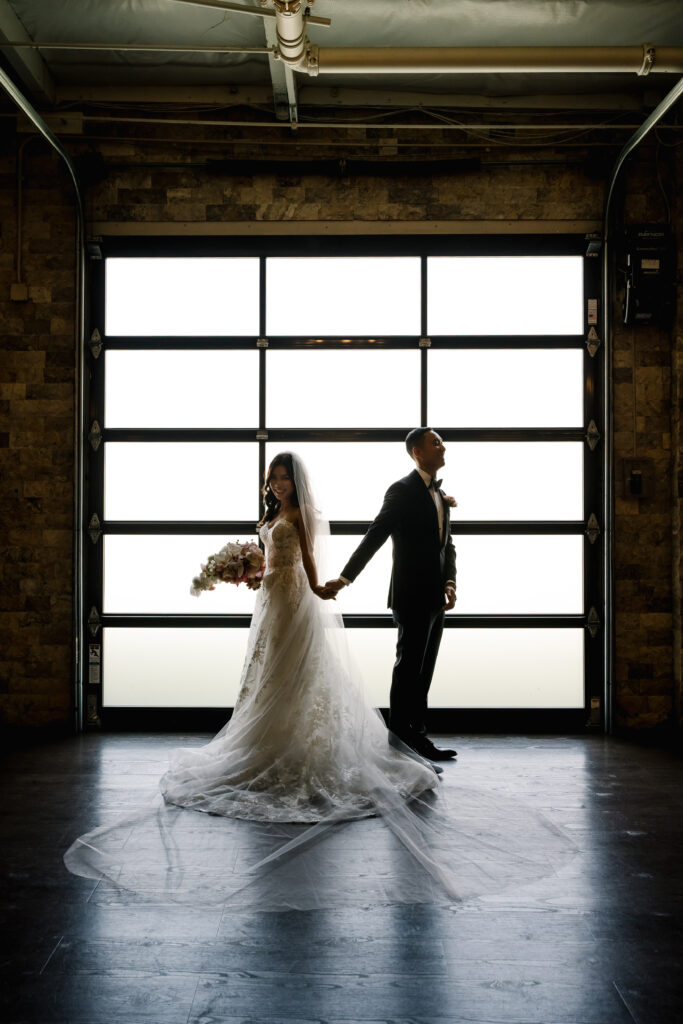
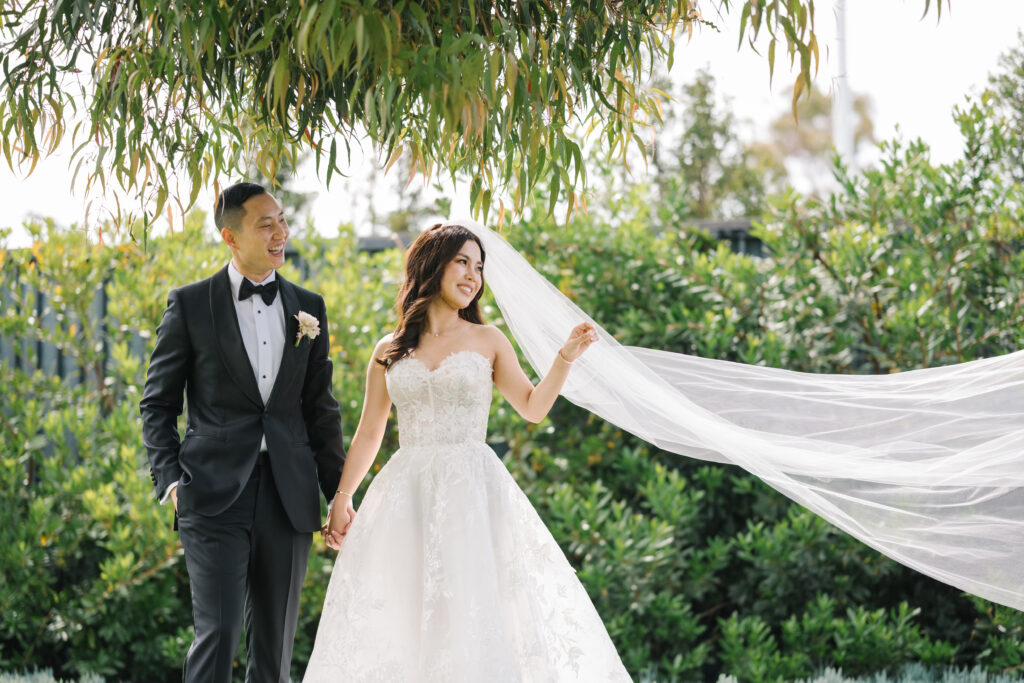
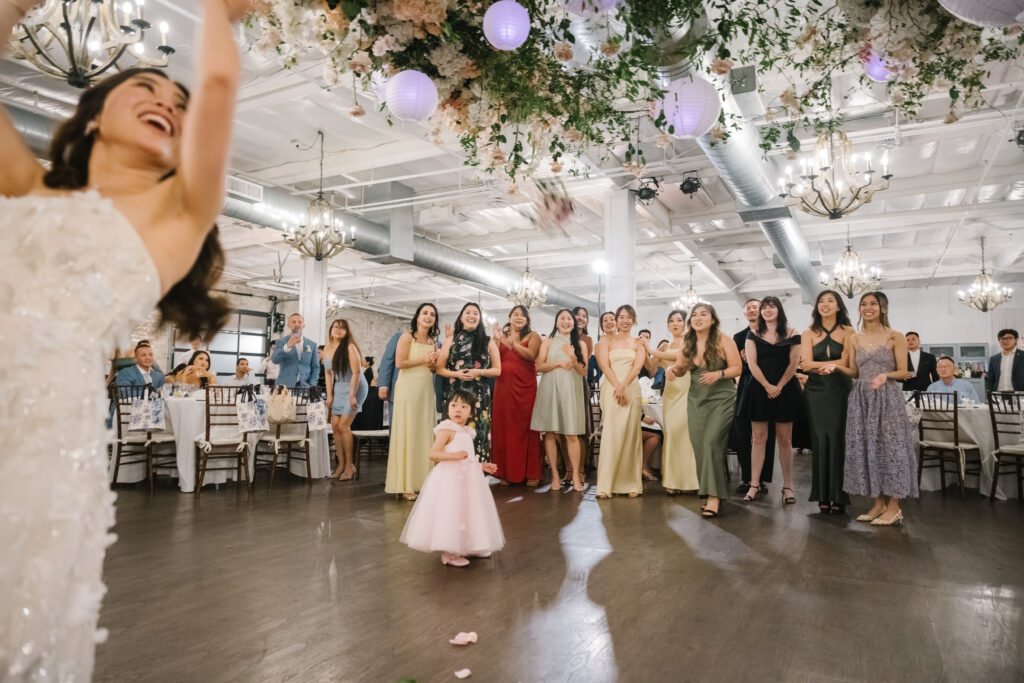

There are plenty of advantages to this approach. From a photography standpoint, it allows for better lighting opportunities and fewer compromises in coverage. For the bride and groom, a two-day wedding celebration gives room for wardrobe changes, cultural settings, and décor that might otherwise be condensed or overlooked. More importantly, it allows families to fully immerse themselves in their traditions without feeling like they’re just another checkbox on the schedule. And when it’s time for the Western ceremony, the couple is often more rested, grounded, and ready to celebrate.
A second day for wedding celebrations is also advantageous for couples who feel compelled to celebrate with all the different people in their lives, but find it difficult to fit all people’s preferences in a single festivity. Oftentimes, a day centered around cultural traditions is hosted primarily with family and relatives in mind while the organization of a “typical” wedding may be catered towards friends and coworkers.
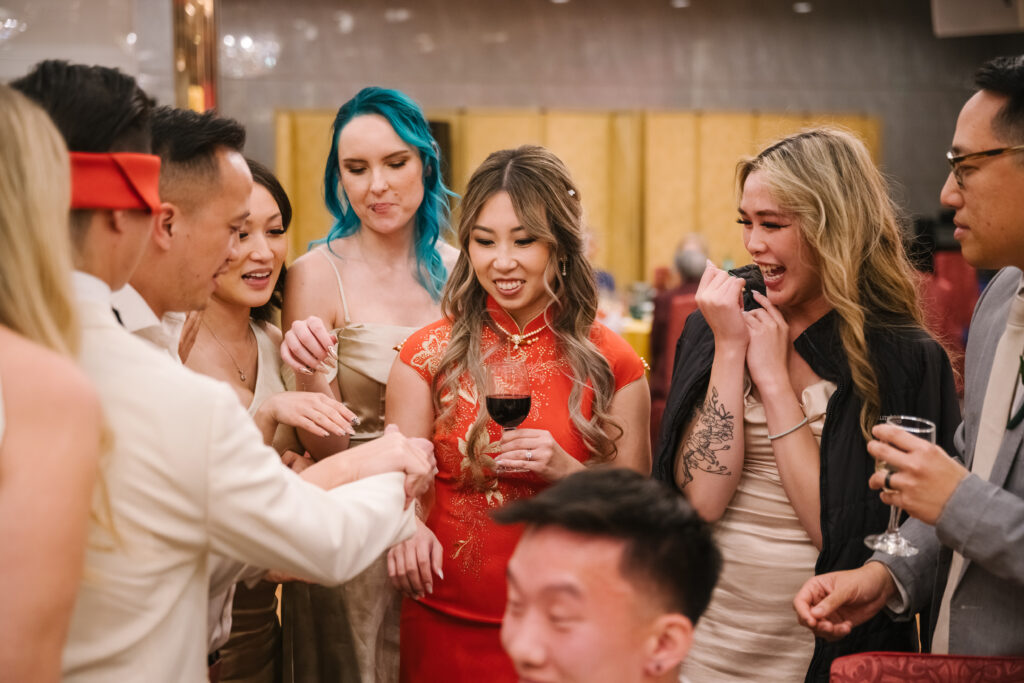
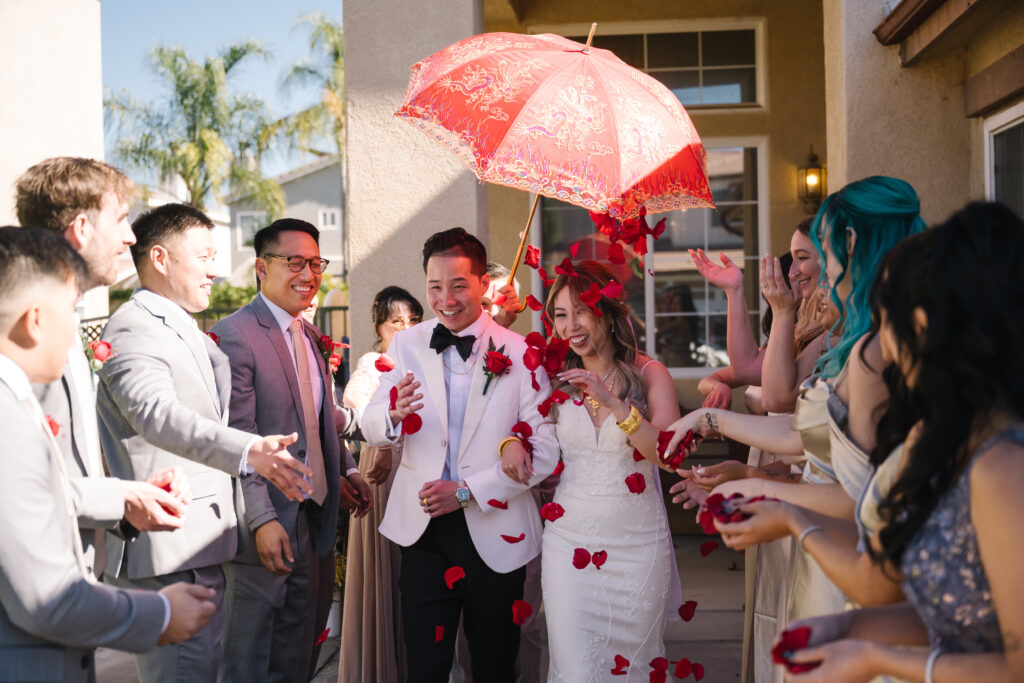
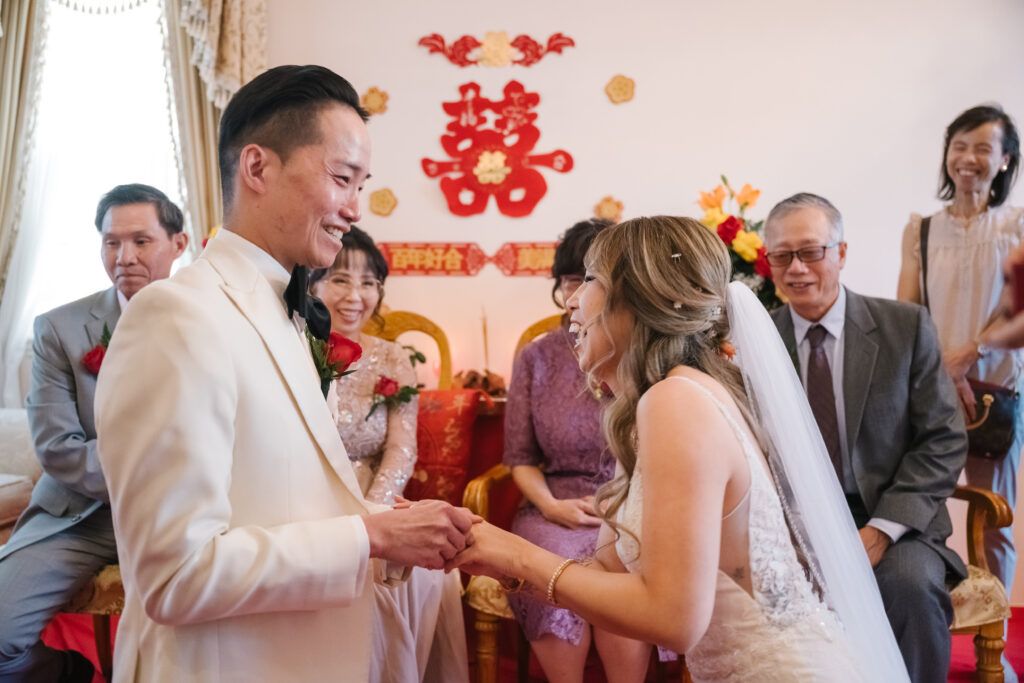
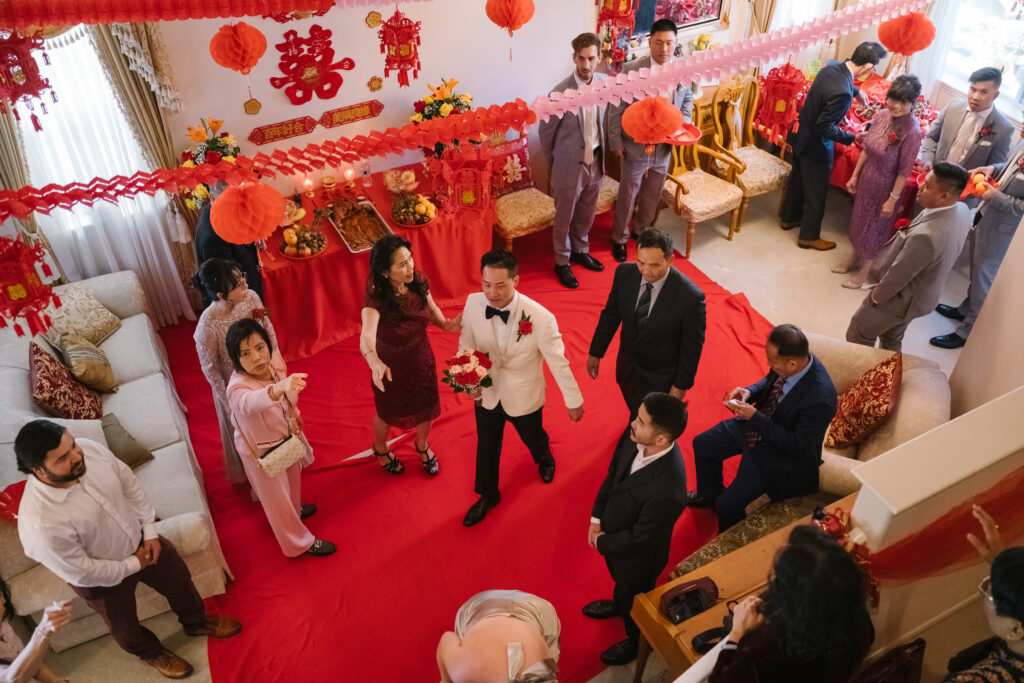
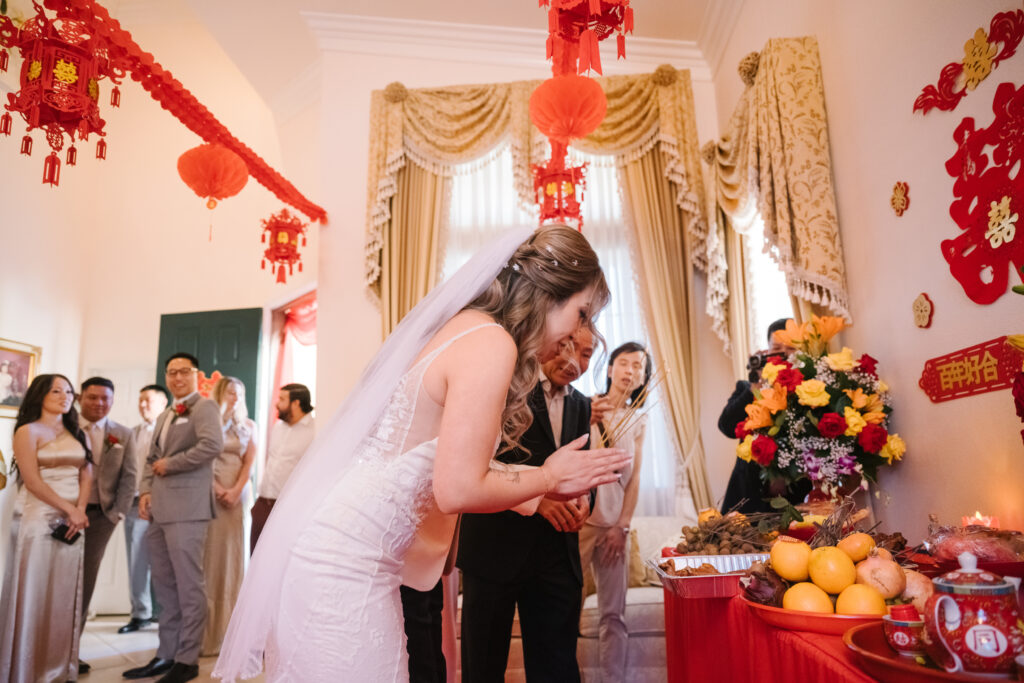
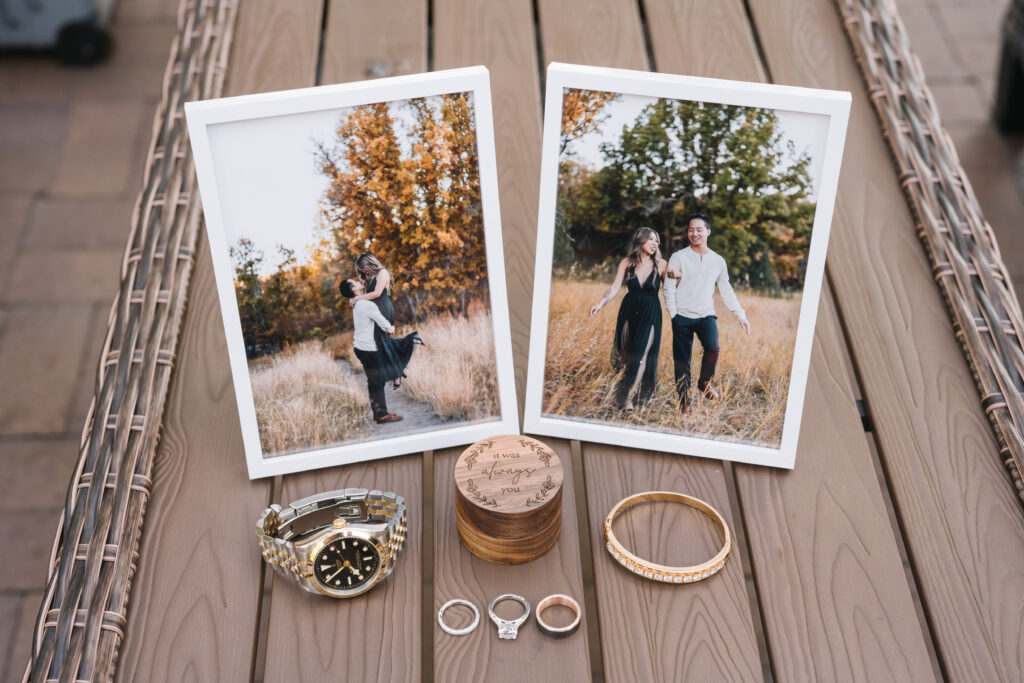
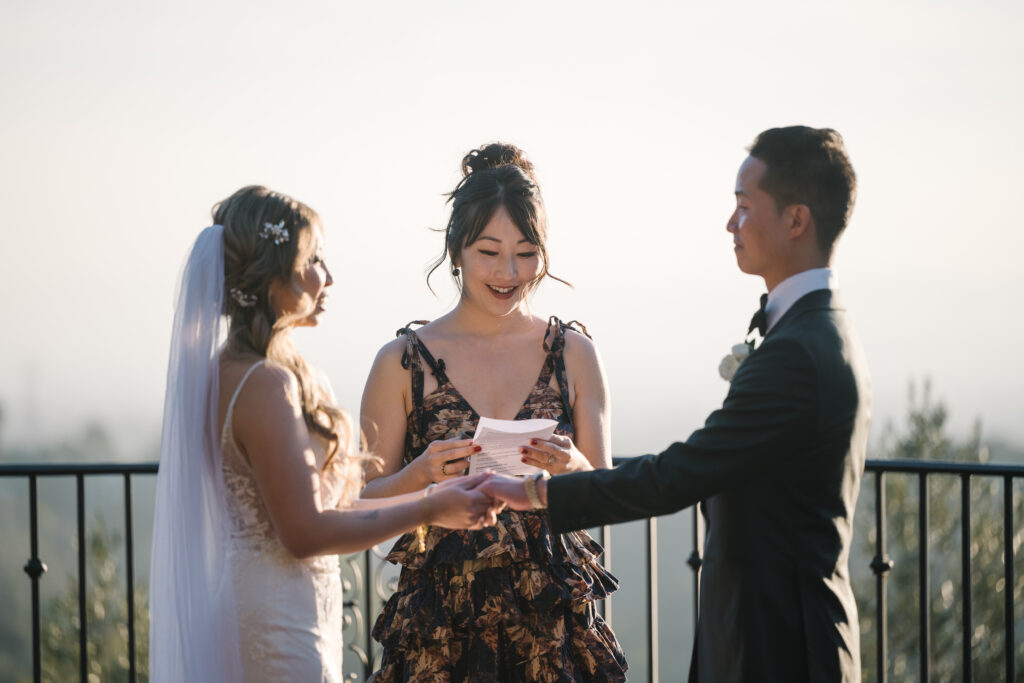
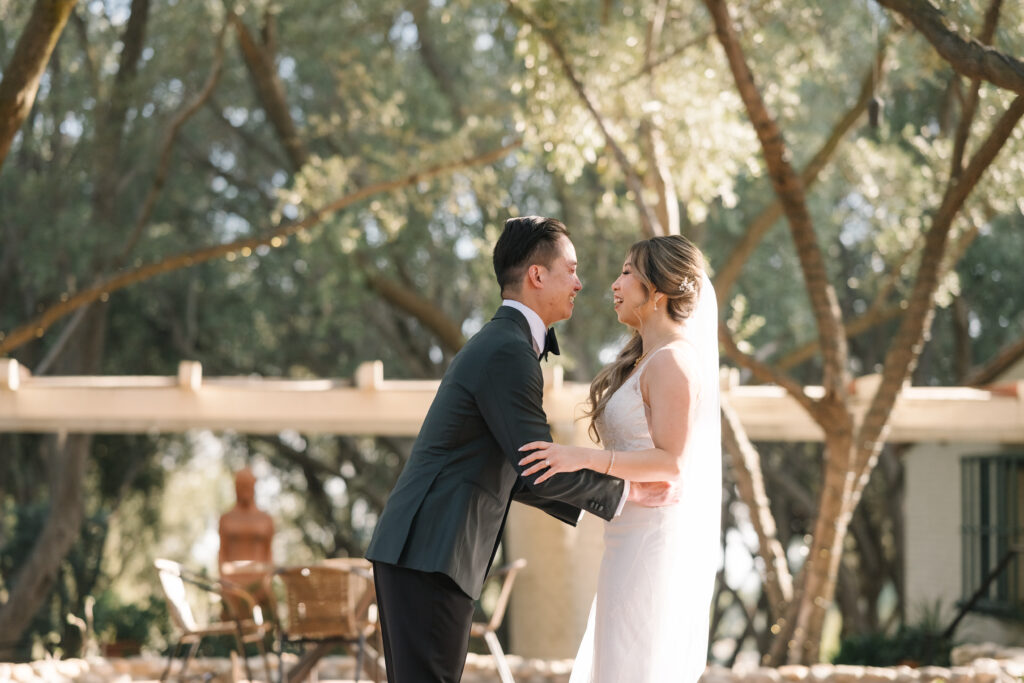
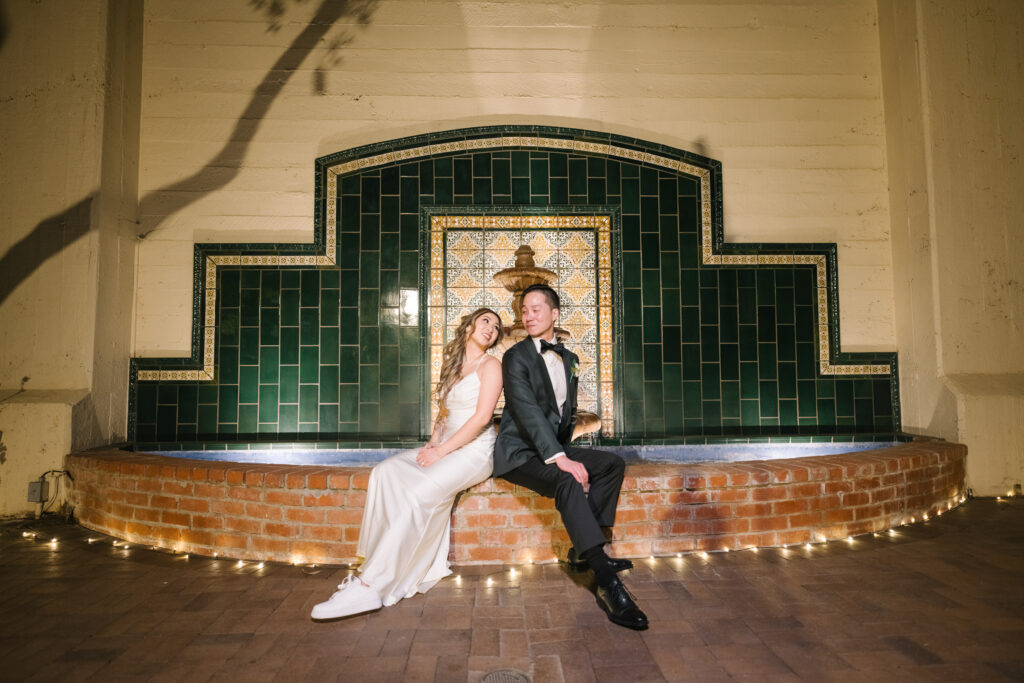


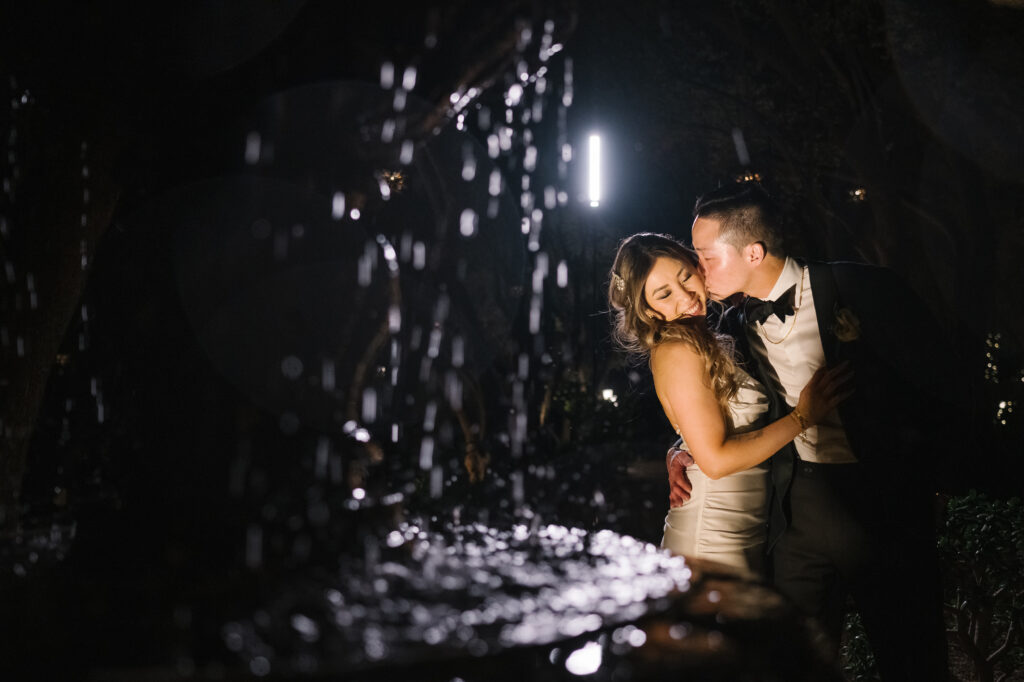
Of course, a two-day wedding isn’t without its trade-offs. Doubling up on venues, outfits, and coordination can lead to higher costs and a bit more planning complexity. Guests traveling from out of town may not be able to attend both days, and couples may feel the pressure of extending their energy over a longer period. But for many of the couples I’ve worked with, the opportunity to celebrate each part of their heritage without making any sacrifices far outweighs those challenges.
In the end, I think this trend reflects a beautiful evolution in how modern couples balance tradition and personalization. By giving space to each part of their identity, they’re creating wedding experiences that feel fuller, more meaningful, and ultimately, more memorable. As someone behind the lens, it’s been a joy to witness—and I hope to see even more of it in the years to come.